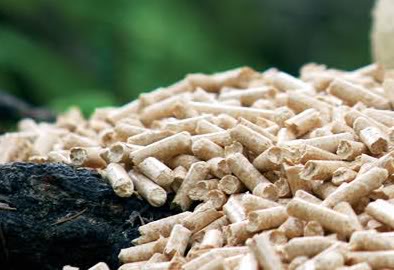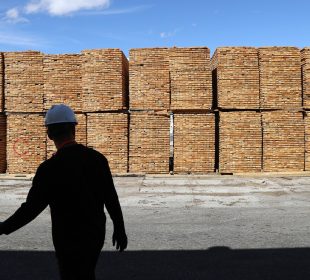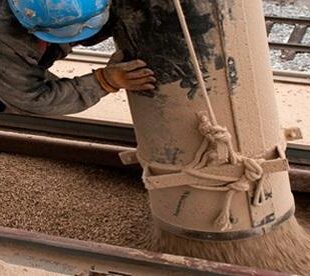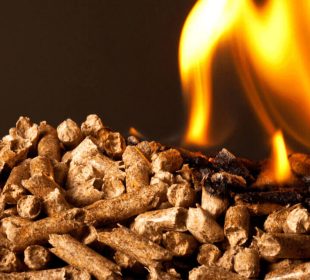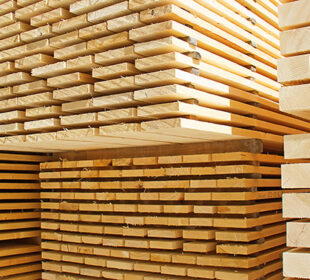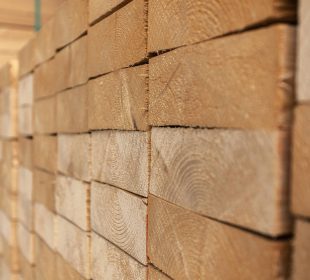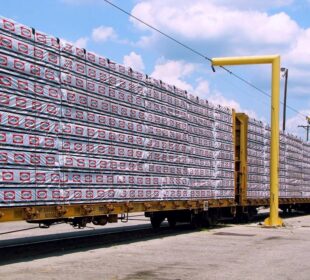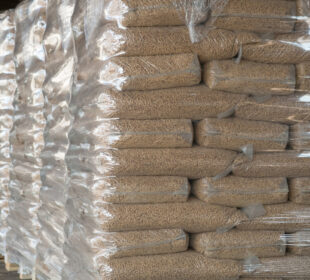The Canadian wood pellet industry is export-oriented with high production capacity and exports far exceeding domestic demand. Overseas demand growth for Canadian wood pellets in recent years was largely fueled by the United Kingdom and Japan as these countries seek to increase their use of renewable energy in heat and power plants.
Government spending on renewable energy for power generation is expected to stimulate market development in this sector.
Consumption
Wood pellet consumption in Canada shows linear growth averaging 13 percent average annual increases since 2013. Consumption for 2018 is estimated at 315,000 MT in 2018 rising to 380,000 MT in 2019.
The is potential for a large future expansion in domestic demand depends on the success of Canada’s goal to phase out coal-fired power plants by 2030 and the cost of alternative renewable energies.
Pellet production in Canada has also achieved linear growth averaging 12-percent average annual increases from 2013 thru 2018 and post forecasts an increase in 2019. Increases in nameplate capacity were also steady over the same period, but have not kept up with demand growth as capacity use rate has risen from 57 percent to an estimated 67 percent in 2018 and further increase to 71 percent in 2019.
Canada has a current capacity at 4.66 MMT, however some projects are underway and this will likely increase by 2020.
Since 2015, Aurora Wood Pellets proposes to build a 200,000-ton capacity wood pellet production facility in Hay River on the south end of Great Slave Lake in the Northwest Territories. Construction on the project is currently being held up while necessary approvals are received from the Hamlet of Enterprise, the local administrative authority.
Another pellet plant is being proposed by Northern Energy Solutions Ltd in Mirimichi, New Brunswick.
The proposal would expand the already existing Miramichi Wood Pellet Plant and increase total production to 275,000 MT. The operation is proposing to export to Europe in 2021.
Trade
Global industrial wood pellet demand is projected to continue growing at 2.7 MMT per year through to 2025. Canada has significant forest resources and potential to capture some of this growing demand.
In 2016, the United Kingdom and Japan accounted for roughly 85 percent of Canada’s total wood pellet exports. The United Kingdom has planned a phase-out of coal fired power generation by 2025, which helps to explain the demand. Many coal boilers can be converted to use wood pellets.

